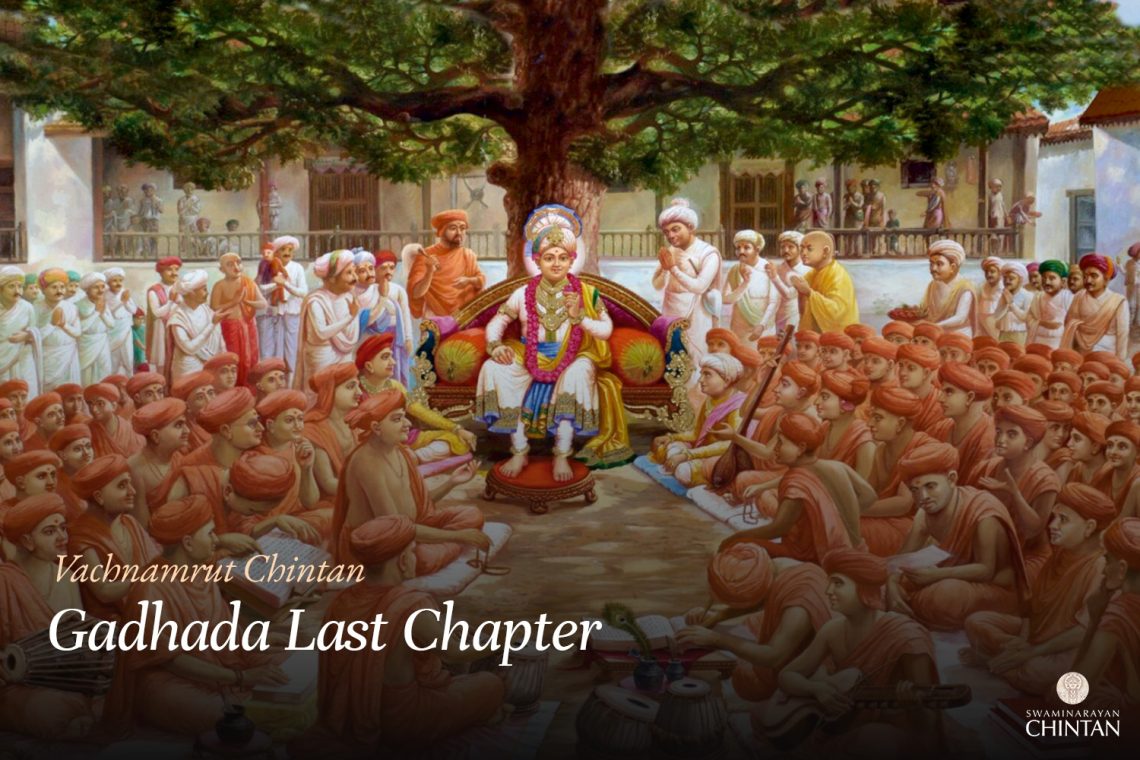Central Insights:
- The claim that Vrindavan and Kashi do not face destruction even during Mahapralaya (the great dissolution).
Key Points:
- While Vrindavan and Kashi are undoubtedly sacred lands, they cannot be considered indestructible.
- These pilgrimage sites aid in spiritual practices.
- Pilgrimage sites should not be used for mundane purposes.
Explanation:
A Brahmin from the Madhvi Sampraday approached Maharaj, who posed a question: “In your Sampraday, Vrindavan is described as eternal, and in the Shaiva tradition, the same is said of Kashi. These are physical locations on earth, so how can they be eternal? Can you provide compelling scriptural evidence to prove this?” Maharaj then referred to the Shrimad Bhagwat to explain the concept of four types of dissolution (pralaya), emphasizing that even the earth will face destruction during Mahapralaya. On what basis, then, can Vrindavan and Kashi survive?
The learned Brahmin acknowledged the validity of Maharaj’s question and, recognizing Maharaj’s divinity, accepted Him as supreme. Subsequently, Maharaj elaborated on His philosophy, explaining the relationships among the five eternal entities: Jeev (individual soul), Ishwar (cosmic controller), Maya (illusory energy), Brahm (formless divine), and Parabrahm (supreme God).
From this discourse, one can discern an important lesson: within every spiritual tradition, the birthplace of their deity, the land of divine acts (lilabhumi), or the birthplace of their founder is revered as divine. While this is reasonable, claiming such locations to be eternal demands scrutiny. This thought applies not only to others but also to us. As per Maharaj’s teachings, to prove eternity, one must substantiate claims with scripture. Verses such as यत्र नित्य सन्निहितो विष्णु: — Yatra Nitya Sannihito Vishnuh (“Where Vishnu eternally resides”) are cited to assert that the earthly Vrajbhumi is eternal and does not perish even during Mahapralaya. Similarly, it is believed that dying in Kashi grants liberation, and it too remains unaffected by Mahapralaya.
Such verses extol the greatness of these pilgrimage sites, suggesting that residing in them leads to liberation. Maharaj has also stated in the Vachanamrut: “This Gadhada and this Darbar (assembly) are not visible to me. I see all of you seated in God’s divine abode.” Statements like this guide us to make spiritual use of such teachings. While living with divine vision and sentiments is virtuous, considering these places as eternal or indestructible is unwarranted. If even the earth itself is subject to dissolution, what of these locations?
Furthermore, if merely dying in Kashi guarantees liberation, does that mean a person can engage in sinful deeds throughout life and still attain liberation simply by passing away in Kashi? Should residents of Kashi, regardless of their behavior, live without fear of Yama (the god of death), as it is considered Shiva’s city? Similarly, it is believed that one who dies within the borders of Gadhada or Sarangpur does not go to Yamalok (the abode of Yama). If we seek answers to such beliefs from the Antaryami (the indwelling deity within our hearts), some affirmations may arise. Even so, these ideas must be carefully examined.
Can individuals behave as they please, relying on such glorifications, and still be free from divine laws? Such notions warrant deep contemplation. On the other hand, the words of the shastrakaras (scriptural authors) and great sages cannot be dismissed. What, then, is the resolution?
If we delve into scripture and logically analyze the past and present, the explanation could be as follows: Lands where God manifested, performed His divine acts, or where great sages carried out their virtuous deeds are sacred. These places benefit seekers in their spiritual pursuits because of the intense virtuous actions performed there by God or great sages. These actions do not dissolve but remain infused in the atmosphere and the land itself, perpetually benefiting seekers who respect and follow the principles of God and the sages. Such places can accelerate spiritual progress, yielding great results even with minimal effort.
However, for those who merely rely on the glorification of these places and neglect their spiritual practices, such pilgrimage sites cannot provide protection. Be it Kashi, Vrindavan, or any of our sacred sites, their sanctity is undeniable. Still, one aiming for liberation must not use them as an excuse for indulgence or passivity. Instead, one must utilize these places for sincere spiritual advancement. Otherwise, these sites can inadvertently foster greater vices and sins.
Glossary
| Vrindavan – Sacred land of Krishna’s divine acts The earthly site where Bhagwan Krishna performed His lilas, revered as spiritually potent but not eternal. |
| Mahapralaya – The Ultimate Dissolution The cosmic event during which the entire universe, including the earth, is destroyed. |
| Lilabhumi – Land of divine acts A location where Bhagwan or great sages performed significant spiritual deeds, imbued with sanctity. |
| Jeev – Soul The individual living entity, distinct from the body and mind, that experiences life and karma. |
| Ishwar – God A term for the divine, sometimes used interchangeably with Paramatma or Bhagwan. |
| Maya – Illusion The material energy that entangles the Jeev in worldly existence and distracts from Bhagwan. |
| Brahm – Supreme Reality, God The ultimate truth in Vedant, often misinterpreted by dry Vedantists. |
| Parabrahm – Supreme God |
| Shastrakaras – Authors of scriptures |
| Yamalok – Abode of Yama, Hell |
| Antaryami – Inner controller The omnipresent form of Bhagwan that resides within all living beings. |
| Pilgrimage Sites – Sacred locations Places imbued with spiritual energy due to divine acts or the virtuous deeds of saints and sages. |
| Sadhana – Spiritual practice The disciplined practice or spiritual effort aimed at attaining divine realization, typically involving meditation, devotion, and self- discipline. |

